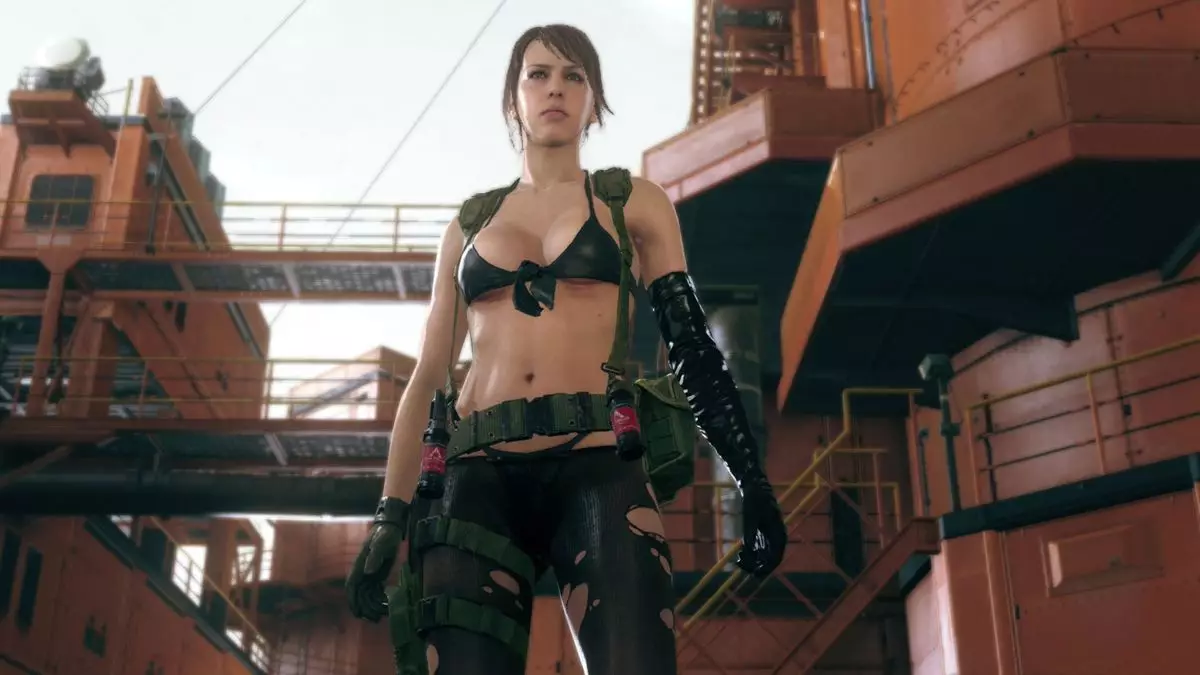The Metal Gear Solid franchise is not only renowned for its intricate storytelling and innovative gameplay; it is equally celebrated for its distinctive character designs that elevate the narrative experience. The visionary director Hideo Kojima, along with designer Yoji Shinkawa, laid a foundation for these designs through a process that was as intense as it was creative. In a 1998 discussion with The PlayStation magazine, Kojima articulated his vision for character design—one that demanded realism and depth over superficial allure. This foundational dialogue continues to influence the character designs even years later, painting a rich tapestry that resonates through the series.
Kojima’s criteria for character design were not only strict but also richly informed by the narrative contexts of the games. He aimed for characters that resonated with the serious and heavy tones of the story, which contributed to the grave atmosphere of the game. His disdain for “dishonest” designs—those that prioritized visual appeal over character integrity—underscored his philosophy. He remarked on his dislike for exaggerated attributes, particularly in female characters, stating, “[I want] characters who, just from looking at their clothing, you’d be able to tell what kind of person they were, and what their motivations were.” This philosophy served to ground the characters in a reality that players could relate to, cementing their development within a serious narrative context.
The journey of character development was not devoid of tension. Shinkawa’s initial struggles with creating Solid Snake’s appearance highlight the creative friction between the designer and Kojima’s strict guidelines. Shinkawa recalls an early iteration of Snake looking like “Captain Future,” showcasing the challenges inherent in aligning creative visions. This anecdote emphasizes the blend of artistic exploration with project expectations, illustrating a collaborative process that, while fraught, yielded profound results. The result was a character whose visual design reflected his complex narrative journey, anchoring player investment through empathetic design.
Despite the foundational principles established by Kojima, some recent designs have sparked debate among fans and critics alike. Notably, Quiet from Metal Gear Solid V received backlash for her overt sexualization, which seems to contradict the established design ethos. Nevertheless, her design has burgeoned into a cultural icon within the game community, drawing both admiration and critique. This contradiction raises questions about the potential shifts in Kojima’s design philosophy, especially after his departure from Konami. Will future iterations of Metal Gear Solid continue this careful balance between aesthetic appeal and character integrity?
As we look to the future of the Metal Gear Solid series, it is clear that Kojima’s stringent standards have left an indelible mark. The challenge that lies ahead for subsequent creators is to cultivate character designs that honor this legacy while exploring new territories. With Kojima’s exit from Konami, the direction of the franchise can evolve beyond his original vision, but the deeply ingrained principles of narrative congruence and reliability in character design will likely persist, providing a powerful benchmark for the future.

